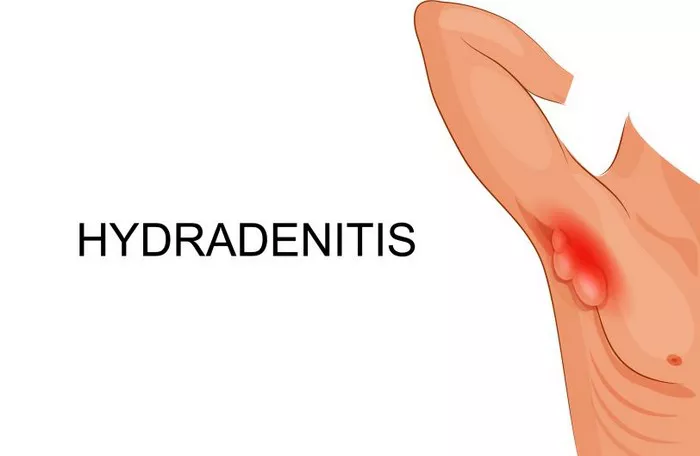Hidradenitis suppurativa (HS), a chronic inflammatory skin condition, presents significant diagnostic challenges. Imaging modalities such as high-frequency ultrasound (US) and magnetic resonance imaging (MRI), particularly with three-dimensional (3D) reconstruction, play a crucial role in accurate disease staging, ongoing monitoring, and preoperative assessment. These tools provide essential insights that aid in developing tailored treatment strategies for affected patients.
HS, often referred to as inverse acne, is characterized by persistent inflammation of the skin, resulting in deep nodules, abscesses, sinus tracts, and fibrotic scars. These lesions primarily occur in intertriginous areas—skin folds where skin rubs together—such as the axillary, inguinal, perianal, perineal, and inframammary regions. Due to its initial resemblance to other dermatological conditions, HS is often misdiagnosed, with a delayed diagnosis that can last for several years.
The diagnosis of HS is based on identifying specific clinical features, including painful, inflamed deep nodules, sinus tracts, and scarring, along with the characteristic location of the lesions. The condition typically follows a chronic course, marked by cycles of flare-ups and periods of remission. While no definitive biological or pathological tests are available for HS, and biopsies are generally not required, a thorough clinical evaluation is essential for diagnosis.
Treatment for HS depends on the severity of the disease and may include topical and systemic antibiotics, hormonal therapy, immunomodulators, and in some cases, surgical intervention. Beyond the physical symptoms, HS can lead to significant psychosocial distress due to associated pain, increased sensitivity, drainage, odor, and scarring.
Imaging plays an increasingly important role in the management of HS. High-frequency ultrasound is currently the preferred imaging modality, offering a non-invasive means to assess the extent and severity of the disease. It provides valuable information for staging and monitoring treatment progress through sonographic classifications of lesions. MRI, especially when enhanced with 3D reconstruction, is an emerging tool that offers even greater detail, allowing for better visualization of sinus tracts, the dimensions of lesion involvement, and the overall progression of the disease. These imaging techniques are crucial for planning treatment strategies, evaluating the effectiveness of interventions, and guiding surgical decisions.
As the understanding of hidradenitis suppurativa continues to evolve, the role of radiology in both diagnosis and management is becoming increasingly vital in providing comprehensive care for patients.
Related topics:


























